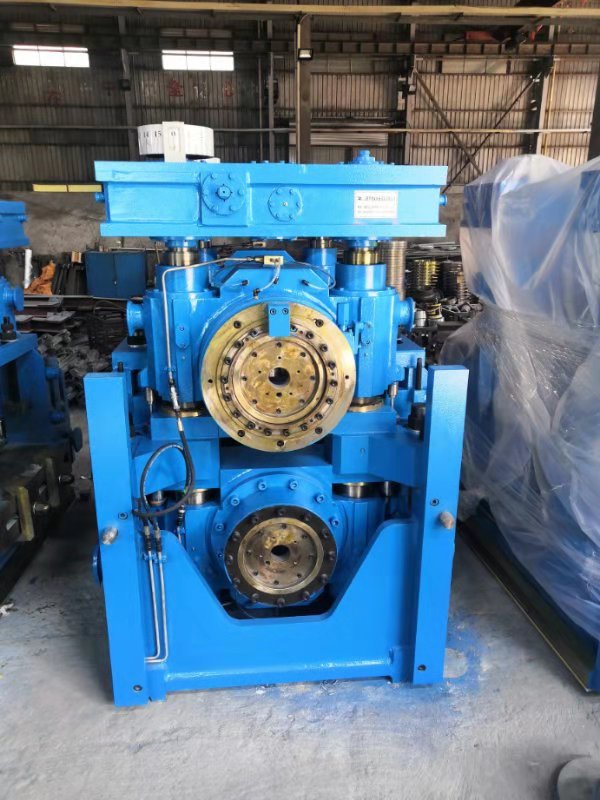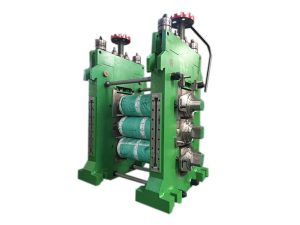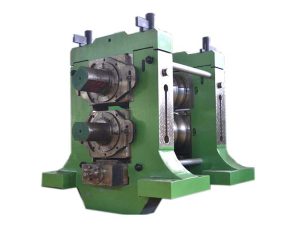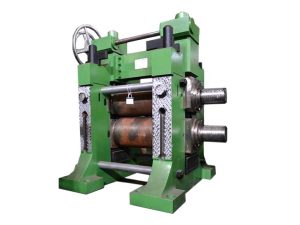Short stress rolling mill-factory direct sales
Products & Engineering examples
Details
For a profile mill with a short stress loop, the stress loop of the working stand is defined as the line connecting the neutral lines of the elastically deformed cross-sections of the mill’s stressed components after the mill is subjected to rolling forces. The length of the stress loop is the sum of the lengths of the stressed components in the mill. The elastic deformation of each stressed component in the mill stand is directly proportional to its cross-sectional area and inversely proportional to its length. The shorter the stress loop in the stand, the smaller the elastic deformation, the greater the mill’s stiffness (see mill stiffness coefficient), and the higher the precision of the rolled product.
There are two ways to shorten the stress loop in a mill:
One is to change the mill’s load-bearing structure, that is, to reduce the number of load-bearing components in the mill stand. For example, in a mill without a housing (stand), the stress loop can be shortened by shortening the length of the stressed components.
The other is to change the force transmission path. For example, by shifting the rolling force from acting directly above the housing window to acting near the mill columns, the stress loop can be shortened. The figure shows a comparison of the stress lines of a conventional mill and a short-stress line mill.
Short-stress line mills are primarily used to upgrade horizontal mills, develop double-layer short-stress line mills (see double-layer short-stress line finishing mill), and research vertical short-stress line mills. They are built on a continuous rolling line with an alternating horizontal and vertical arrangement.




